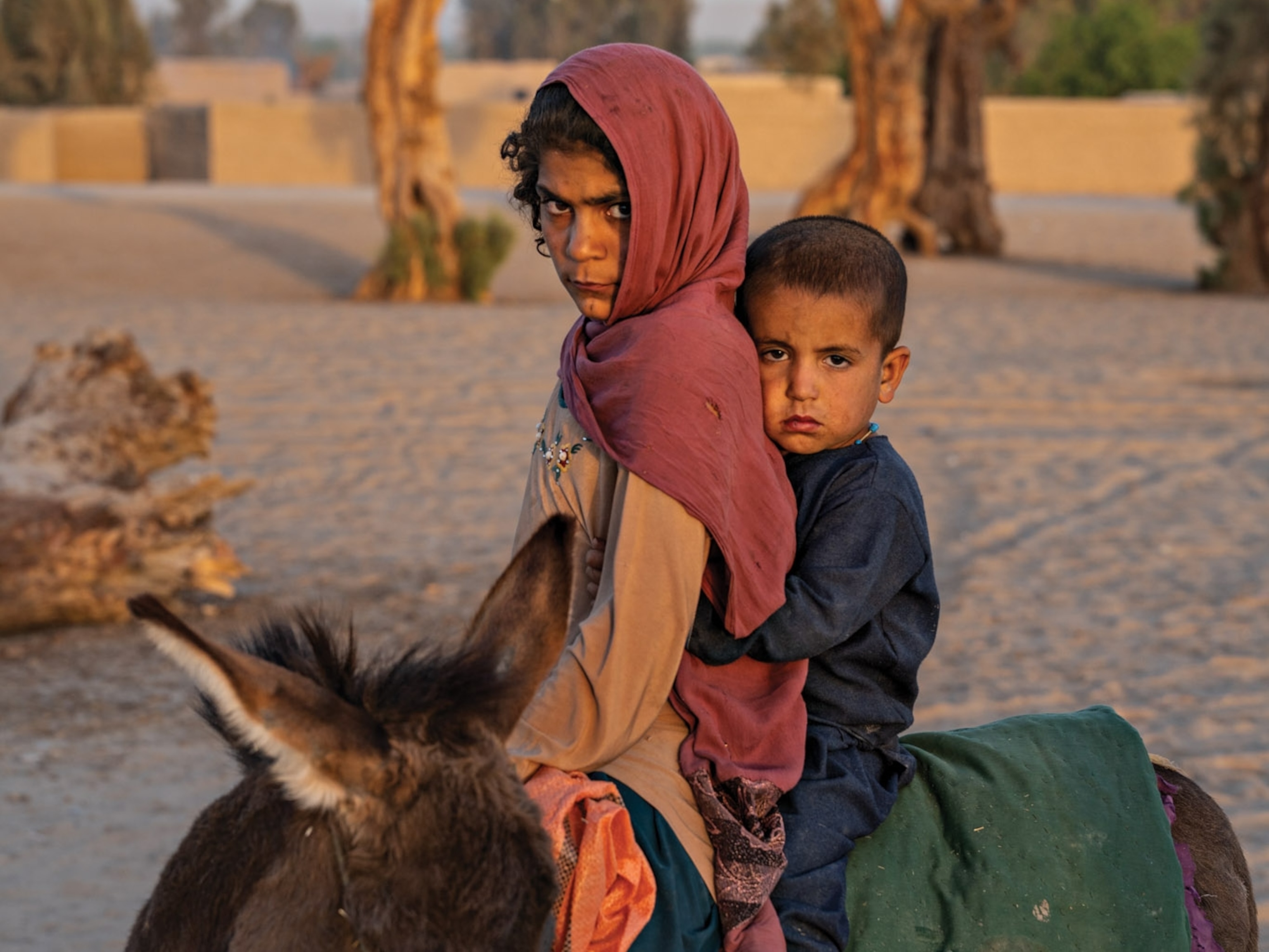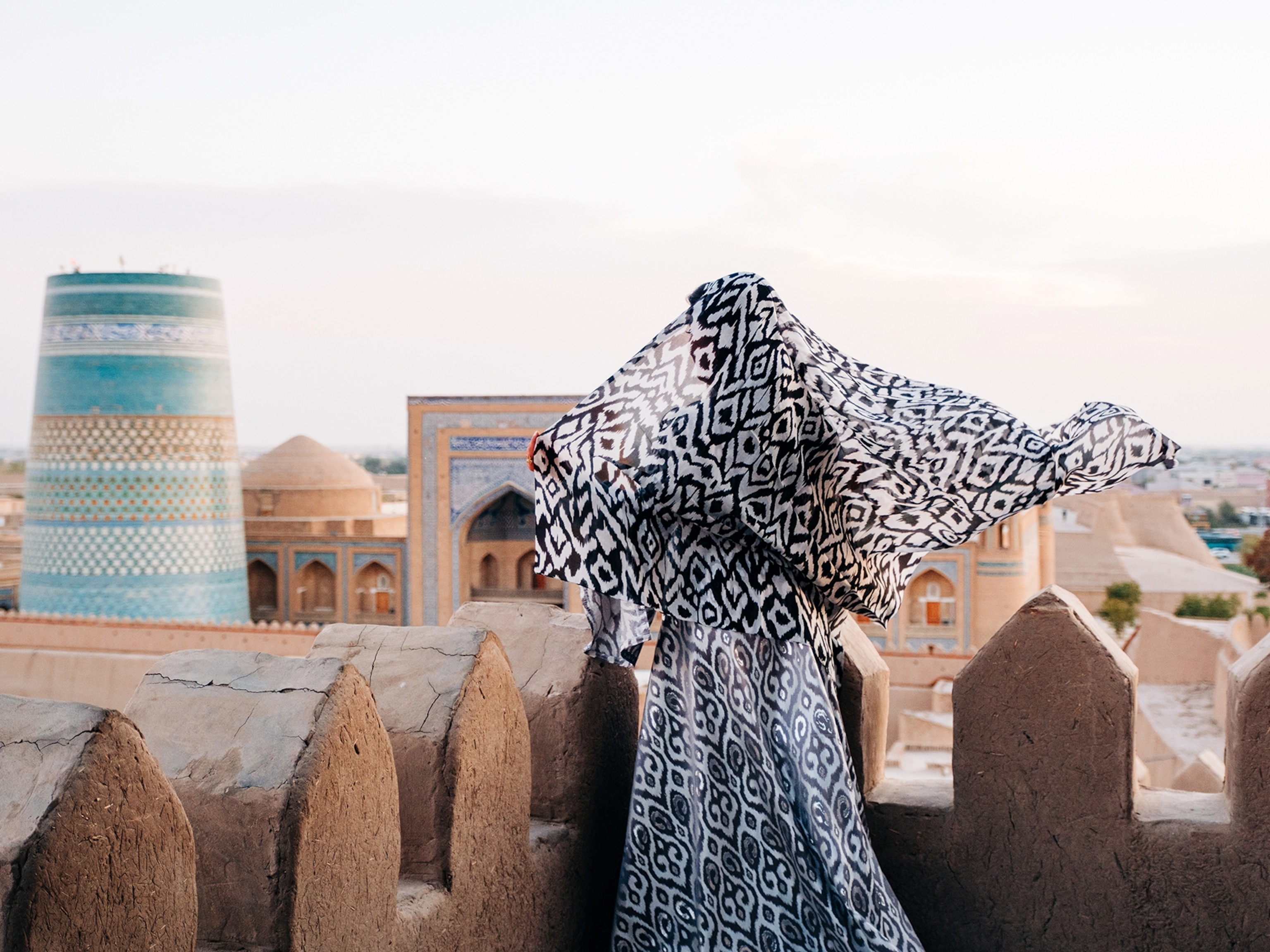How centuries of strife shaped modern Afghanistan
The South Asian country’s boundaries tell the story of war, diplomacy, geopolitical rivalries, and foreign incursions.
Twenty years after a U.S.-led coalition ousted the Taliban from power in Afghanistan, the resurgent militants have regained control of the country in a lightning offensive that has stunned the watching world. But the Taliban takeover is only the latest upheaval in a series of conflicts dating back nearly three centuries.
Landlocked and surrounded by mountains, deserts, and competing empires, Afghanistan has been shaped by war and diplomacy since the Afghan Empire was founded in 1747—the year Ahmad Shah Durrani, a Pashtun leader, consolidated rival Afghan tribes.
During the late 19th century, Russia and Great Britain competed for control over Afghanistan in a geopolitical struggle known as the Great Game. After fighting three wars to counter Russian expansion, the British withdrew in 1919, making Afghanistan an independent state.
Sixty years later, on December 27, 1979, Soviet troops invaded the country to support an unpopular communist regime then in power. The fighting would grind on for a decade, killing more than a million Afghans and at least 15,000 Soviets.
In 2001, three weeks after the September 11 attacks on New York and Washington, D.C., the U.S. and Britain began raining bombs and missiles down on Afghanistan, targeting Osama bin Laden’s training camps and the Taliban regime that harbored them.
Given its history, it’s little wonder that resistance to foreign incursions and domination has become part of Afghanistan’s national identity.
The Pashtun are the largest ethnic group in Afghanistan, but twice as many of them live in Pakistan as a result of the Durand Line border, drawn by the British in 1893. The Taliban, who are largely Pashtun, regrouped in Pakistan after the U.S. invasion and were aided by some Pakistani security forces.




